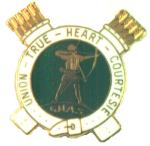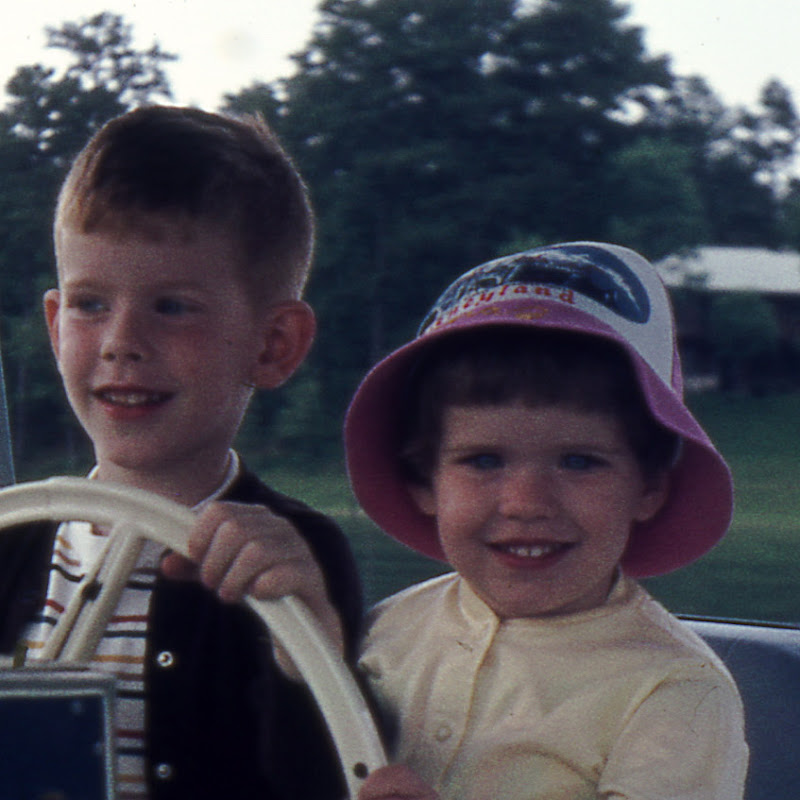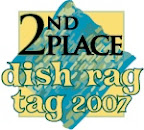Twitter is a-twitter with critiques of these books from Scholastic: How To Survive Anything (Boys Only) and How to Survive Anything (Girls Only). Ryan North (creator of Dinosaur Comics), working off a tip from this Canadian books blog, breaks down the tables of contents and makes some excellent points. The authors can't be bothered to actually make the girls' version about, y'know, surviving things, like the boys' version is. Because girls aren't into danger, presumably, like boys. So their book has chapters about becoming a great babysitter and teaching your cat to sit (?) instead of handling swarms of bees and zombie invasions.
Here's the thing. Yes, this looks really bad. Yes, it does cater to gender stereotypes. But any parent who reads the Scholastic book flyers regularly knows that this kind of thing is pervasive in their offerings. The flyers have little subsections for books mainly of interest to girls (BFF quizzes, friendship-bracelet crafts) and to boys (who would win in a fight between a shark and a lion, gross stuff). It's rarer to see the same book marketed in boys and girls versions, but the model here is clearly The Dangerous Book for Boys and The Daring Book for Girls. The marketing on Scholastic's website even makes reference to "those books that are a little too dangerous/daring."
As far as I know (and I don't know far, I admit), The Dangerous Book for Boys and its follow-up did not provoke widespread condemnation as sexist. The intent behind them seemed to be taken in a positive way by parents, educators, and the culture at large: to recapture some of the adventure and exploratory spirit that used to be promoted for children by publications in the forties and fifties. Experiment, take a chance, go off the beaten path, be self-reliant, escape the cocoon. The division by gender was part of the retro appeal, but also was understood as a way to craft identities for boys and girls that weren't simply based on current stereotypes. The books seemed to react against the lazy assumptions about boys (video games, boogers) and girls (sleepovers, glitter) by hearkening back to a time when boys wanted to learn the skills to become men and girls wanted to learn the skills to become women. The books are less about gender than their titles make them seem. The real appeal to their audience lies in the promise of not being treated like a child.
Granted, How To Survive Anything doesn't get it. The whole life-skills thing gets buried under a pile of naked appeals to "things boys like" and "things girls like." And consequently, the focus is on perpetuating childhood obsessions rather than peeking over the wall at the more independent, less self-indulgent world of grown-ups. This attempt to capitalize on the success of Dangerous/Daring is a tone-deaf failure.
But the reason for its failure isn't just that there's a boy book and a girl book, clearly; otherwise, Dangerous/Daring would be equally reprehensible. It's the way the creators have executed that concept that deserves criticism.
And I'm not sure how much criticism even that deserves. When Scholastic markets books about horses to girls and football players to boys, they do have something positive in mind beyond making money. They are trying to get kids to read. And catering to preferences already present in the audience is presumably an effective way to do that.
There's something important about having a counter-cultural conversation about children and gender -- about pushing back against the pink/blue, rhinestone/denim, giggle/fart shorthand. And I'm not defending How to Survive, because those tables of content are indeed alarming. But let's not throw out the babies with the bathwater. Every instance of producing two versions divided by gender is not culturally regressive or demeaning to women. And Scholastic's publishing and marketing choices have the good intention of promoting reading for kids at a critical time in the development of lifelong habits. Sure, they could feed them only what's the very best for them -- classic literature, progressive ideas, moral uplift. Some of us can probably remember what it was like to be excited about reading comics, or books about celebrities, or thrillers, and to find those enjoyments disapproved by those who didn't think that reading was good, full stop, but ought to be purged of its junk food elements.
Count me among the people who think we ought to let kids pick from the full smorgasbord of options, because the act of reading is not analogous to the act of eating in one very important sense. Eating isn't a choice. So we should make kids eat their vegetables, because they're going to eat something else if we don't. Reading is a choice. If they don't have choices they like, they're not going to read at all. Some kids (like my daughter) are going to venture way beyond the gender-coded choices in the catalog because they have acquired the taste already. Some (like my son) won't read unless the book fits with his pre-existing obsessions and quirks. For people whose kids' preferences are more bound to gender stereotypes than mine, it might be critical to offer them sparkles and princesses on the one hand, slime and ninjas on the other. I'd rather have them read than be spared the stereotypes, if those are the only options.
Subscribe to:
Post Comments (Atom)





No comments:
Post a Comment